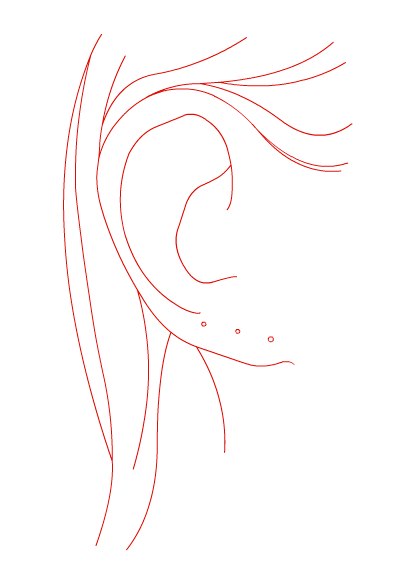And the drum beat goes like this
When forming first impressions about individuals, we often categorize them as belonging to a specific social group, based on very little information. Certain aspects in the way a person looks, or information about a certain trait they possess, may lead us to identify them as belonging to a high- or low-status social group. (…)
The idea of a correlation between various traits has been demonstrated in the ‘halo effect’ (Thorndike, 1920), showing the tendency to attribute all-positive or all-negative traits to individuals, based on one positive or negative initial trait. (…)
A variety of variables of physical appearance, such as dress, bodily posture, weight and perceived attractiveness have been shown to have an effect on the impression individuals make. Gender schemas are one of the parameters through which we infer personality traits, and have been demonstrated to have a strong influence on the impression formation. Males are generally perceived as possessing more high-status traits, such as assertiveness and competence, than females. (…)
Listening to music is an activity that plays an important role in people’s lives, especially in adolescence and young adulthood. Individuals consider the music they like as an important part of themselves, and believe their taste in music reveals aspects of their own personality, more than preferences for books, clothing, food, movies and television shows. The idea that personal musical taste is related to other aspects of personality has in fact received further confirmation in various studies relating musical preferences and particular personality traits. Thus, for example, liking for rock, heavy metal and punk were found to be positively related to sensation-seeking; extraversion and psychoticism were found to be related to liking for music with ‘exaggerated bass’ such as rap and dance music, and to stimulating music such as rock-and-roll and pop; rebelliousness was found to be related to liking for defiant music. (…)
Studies suggest that knowing a person’s musical taste has a powerful effect on how they are perceived and evaluated.




















